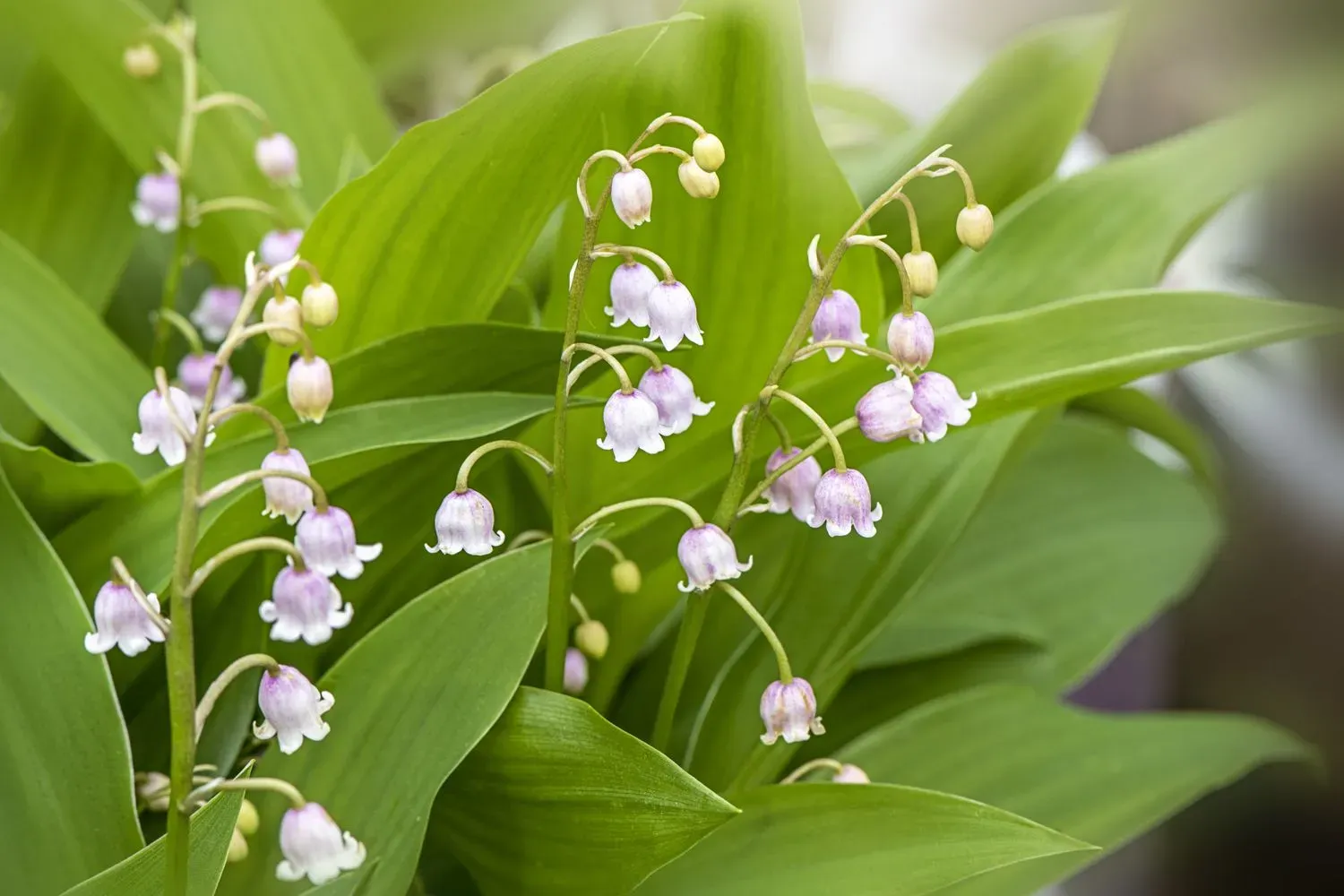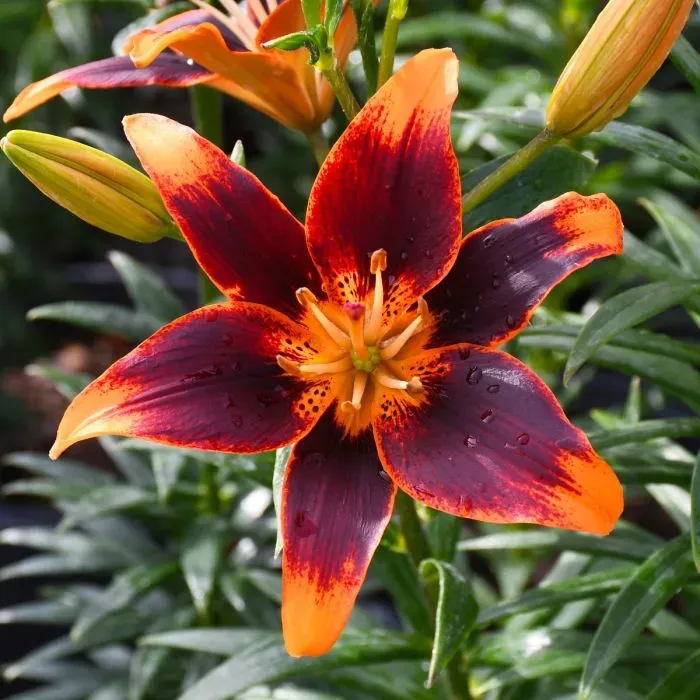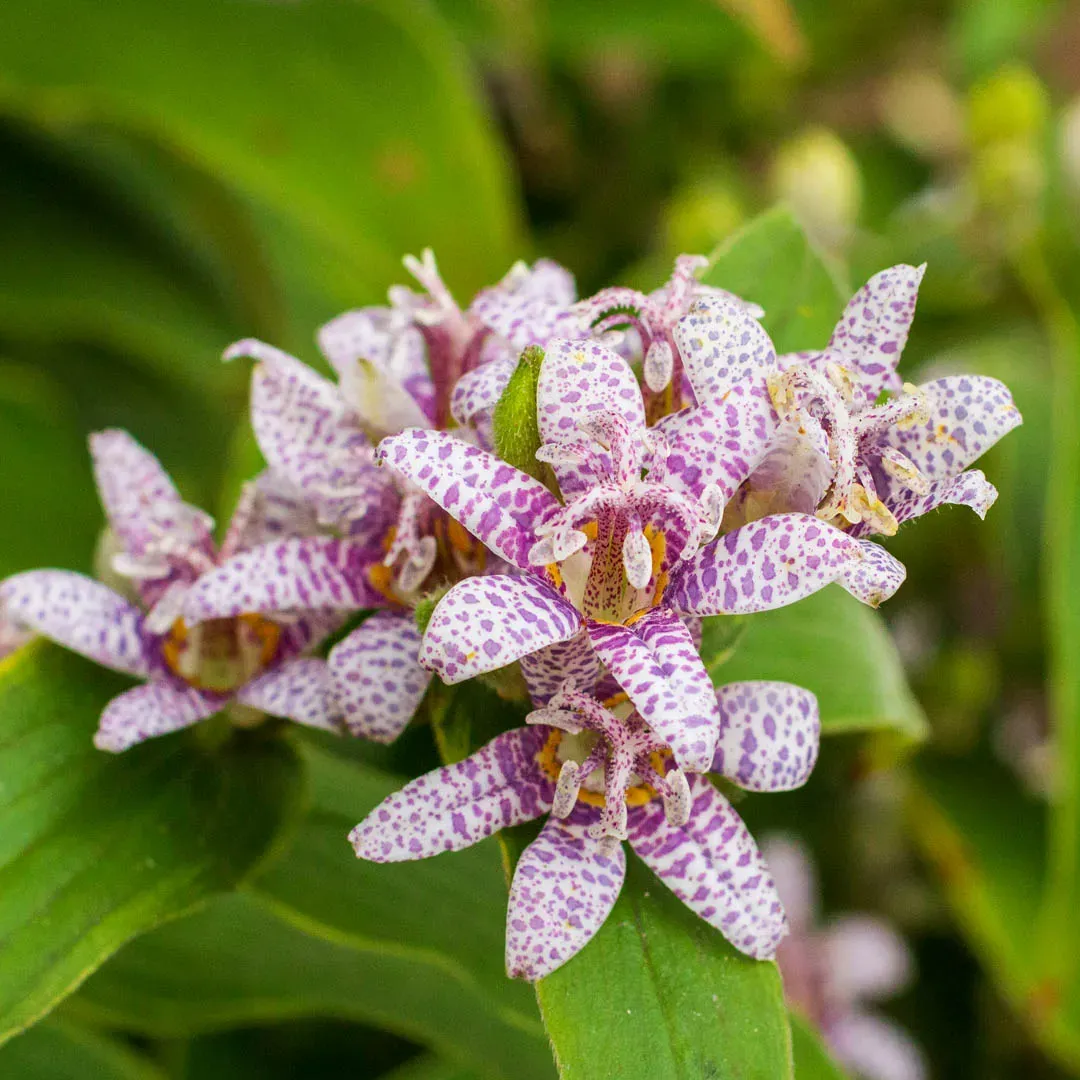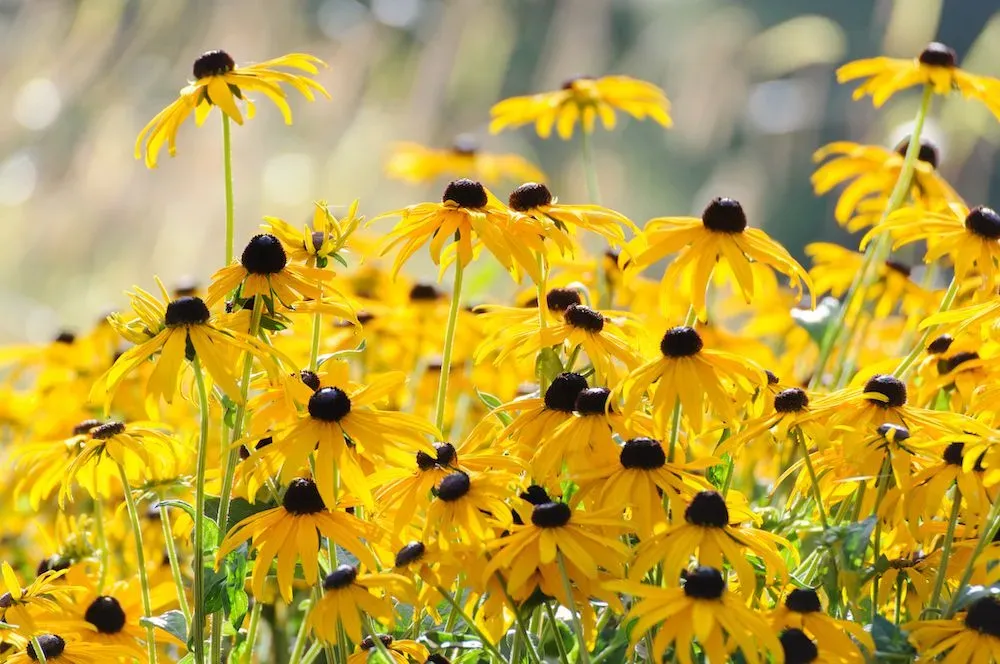Table of Contents
Hey there, fellow plant enthusiasts! Ready to add some serious wow-factor to your garden? Then you've come to the right place! We're diving headfirst into the glorious world of Perennial lilies, those magnificent blooms that return year after year, bringing a burst of color and elegance to your outdoor space. At lilyflower.homes, we believe everyone deserves a garden bursting with beauty, and perennial lilies are the perfect way to achieve that. This article is your ultimate guide to these incredible flowers. We'll cover everything from selecting the perfect varieties to mastering the art of planting and care, even tackling those pesky pests and problems that sometimes pop up. So grab your gardening gloves, and let’s get started on creating a lily-pad paradise! Get ready to be amazed by the vibrant world of perennial lilies.

Perennial Lilies: 7 Essential Tips For Stunning Blooms
Planting and Caring for Perennial Lilies

Planting And Caring For Perennial Lilies
Hey there, fellow garden enthusiasts! Let's explore into the world of Perennial Lilies, those stunning flowers that come back year after year, bringing a splash of color and elegance to our outdoor spaces. As a passionate gardener, I'm excited to share my knowledge with you on how to plant and care for these gorgeous blooms. So, grab your gardening gloves, and let's get started!
First things first, it's essential to choose the right spot for your perennial lilies. These beauties love well-draining soil and full sun to partial shade. Make sure to select a location that receives at least six hours of direct sunlight a day. If you're unsure about the soil quality, consider getting a soil test done to determine its pH level and nutrient content. You can also check out our guide on soil requirements for more information.
Soil Type | pH Level | Nutrient Content |
|---|---|---|
Well-draining soil | 6.0-7.0 | Rich in organic matter |
Clay soil | 5.5-6.5 | High in nutrients, but may require drainage improvement |
Now that we've covered the basics, let's talk about planting. Perennial lilies are typically planted in the fall or early spring, when the weather is cooler. Plant the bulbs 3-4 times deeper than the height of the bulb, and space them about 6-8 inches apart. Make sure to water them well after planting and keep the soil consistently moist during the first growing season.
- Plant bulbs in the fall or early spring
- Plant 3-4 times deeper than the height of the bulb
- Space bulbs 6-8 inches apart
As your perennial lilies grow, make sure to provide them with the necessary care. Water them regularly, but avoid overwatering, which can lead to root rot. You can also fertilize them with a balanced fertilizer during the growing season. Prune the stalks after the blooming period to encourage new growth and prevent seed production.
Perennial Lilies: A Gardener's Delight
The Versatility of Perennial Lilies
Perennial lilies are the ultimate addition to any garden. Not only do they add a splash of color and vibrancy, but they're also incredibly versatile. Whether you have a small container garden or a sprawling landscape, perennial lilies can thrive in a variety of conditions. From container growing to , these beautiful blooms can adapt to your unique gardening needs.
One of the best things about perennial lilies is their ability to naturalize over time. With a little care and attention, these flowers can multiply and spread, creating a stunning display of color and texture. Whether you prefer bold and bright or soft and subtle, there's a perennial lily variety to suit your taste.
The Benefits of Growing Perennial Lilies
In addition to their stunning beauty, perennial lilies also offer a range of benefits for gardeners. These flowers are relatively low maintenance, requiring only occasional watering and fertilization. They're also deer-resistant, making them a great choice for gardeners who struggle with deer damage.
Perennial lilies are also a great choice for gardeners who want to attract pollinators to their garden. These flowers are a rich source of nectar and pollen, attracting bees, butterflies, and other beneficial insects.
- Low maintenance
- Deer-resistant
- Attract pollinators
- Naturalize over time
Common Problems with Perennial Lilies and Their Solutions

Common Problems With Perennial Lilies And Their Solutions
Dealing with Pests and Diseases
One of the biggest challenges you might face with perennial lilies is dealing with pests and diseases. Just like any other plant, lilies can fall victim to aphids, spider mites, and lily beetles. These little critters can wreak havoc on your beautiful blooms. The good news is that early detection and proper treatment can save your lilies.
If you notice any signs of pests, such as holes in the leaves or a sticky residue, it's time to take action. You can start by spraying your lilies with a strong jet of water to dislodge the pests. For a more thorough solution, consider using a natural pesticide or insecticidal soap. Our has some great tips on how to keep your garden pest-free without resorting to harsh chemicals.
Pest | Signs | Solution |
|---|---|---|
Aphids | Sticky residue, deformed leaves | Water jet, insecticidal soap |
Spider Mites | Fine webbing, yellowing leaves | Neem oil, water jet |
Lily Beetles | Holes in leaves, red beetles | Handpick, insecticidal soap |
Watering and Soil Issues
Another common problem with perennial lilies is improper watering and soil conditions. These plants need consistent moisture, especially during their growing season. However, overwatering can lead to root rot, a serious condition that can kill your lilies. The key is to find the right balance.
Make sure your soil is well-draining to prevent water from sitting around the roots. If you have clay soil, consider adding organic matter to improve drainage. You can also use a to help retain moisture without overwatering. Additionally, make sure to water deeply but infrequently to encourage strong root growth.
- Use well-draining soil
- Add organic matter for clay soil
- Water deeply but infrequently
- Use mulch to retain moisture
Perennial Lilies: Bringing Beauty to Your Garden Year After Year

Perennial Lilies Bringing Beauty To Your Garden Year After Year
Imagine having a garden that's filled with vibrant colors and sweet fragrances all year round. Sounds like a dream, right? Well, with perennial lilies, that dream can become a reality. These gorgeous flowers are known for their ability to come back year after year, bringing joy and beauty to any garden.
One of the things that makes perennial lilies so special is their low-maintenance requirements. Unlike some other flowers, they don't need to be watered constantly or fertilized every week. Just make sure to give them some sunlight, water them occasionally, and they'll be happy and healthy. You can even cut them and use them in arrangements or bouquets.
- Low maintenance requirements
- Can be cut and used in arrangements
- Comes back year after year
Another benefit of perennial lilies is their versatility. They come in a wide range of colors and varieties, so you can choose the ones that fit your garden's style and theme. Plus, they're easy to , making them perfect for small gardens or patios.
Lily Variety | Bloom Color | Bloom Time |
|---|---|---|
Madonna Lily | White | Mid-Summer |
Casa Blanca Lily | White | Mid-Summer |
Stargazer Lily | Pink | Mid-Summer |
With their stunning beauty and versatility, it's no wonder why perennial lilies are a popular choice among gardeners. Whether you're a seasoned pro or just starting out, these gorgeous flowers are sure to bring joy and beauty to your garden year after year.
Final Thought
So there you have it – your comprehensive guide to the wonderful world of perennial lilies! From choosing the perfect bulbs to troubleshooting common issues, we hope this has inspired you to add these stunning blooms to your garden. Remember, with a little care and attention, these beauties will reward you with years of vibrant color and unforgettable beauty. Happy gardening!